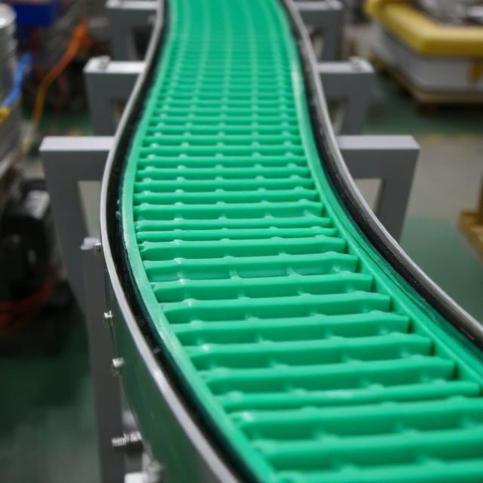The most popular types of conveyor belts used in warehousing include roller conveyor belts, modular plastic conveyors, pallet conveyor belts, spiral conveyor belts, and slat conveyor belts. Norpak Handling, a leading distributor of conveyors, conveyor rollers, and other material handling equipment in Port Hope, Ontario, explores these types of conveyor belts in this blog.
What Are The Main Types Of Conveyor Belts Used In Warehousing?
Roller Conveyor Belts
Roller conveyor belts comprise a series of conveyor rollers that support a belt on top. This type of conveyor is best-suited to move loads with a flat and stable bottom, such as boxes and pallets.
Modular Plastic Conveyor Belts
These conveyor belts are made of plastic modules that are laid out in a pattern. This allows these conveyors to be highly durable and flexible. Therefore, they are used mainly in applications where cleaning and hygiene take center stage, such as food processing and the pharmaceutical sector.
Pallet Conveyor Belts
Pallet conveyor belts are solely designed to handle heavy pallets. They are mostly powered by rollers or chains to achieve this. They are primarily used to handle bulk goods in warehouses.
Spiral Conveyor Belts
As the name suggests, spiral conveyor belts are mainly used to transport goods in warehouses where spatial constraints are a major factor. It comprises a continuous belt that spirals the products upwards.
Slat Conveyor Belts
The slats used in these conveyor belts are made of plates that are attached to a chain. This creates a continuous belt-like surface to transport goods. Slat conveyors are ideal for transporting heated items, which might damage other conventional conveyors.
Conclusion
In closing, these 5 conveyor belts are used widely in warehousing for their different features. To learn more about conveyor systems, reach out to us at Norpak Handling today.
Our massive inventory of general conveyor systems includes conveyor rollers, belt conveyors, chain conveyors, and more. Specializing in customized material handling solutions, you can get in touch with us today to learn more about how we can boost your business operations with our equipment and skills.
FAQs:
What factors should one consider when selecting a conveyor belt?
When choosing a conveyor belt, focus on the type of material being transported, conveyor speed, environmental conditions, and safety requirements, if any.
What are the signs of a malfunctioning belt?
The telltale signs of a malfunctioning conveyor belt include loud noises, visible wear and tear, belt misalignment, and unusual vibration.










